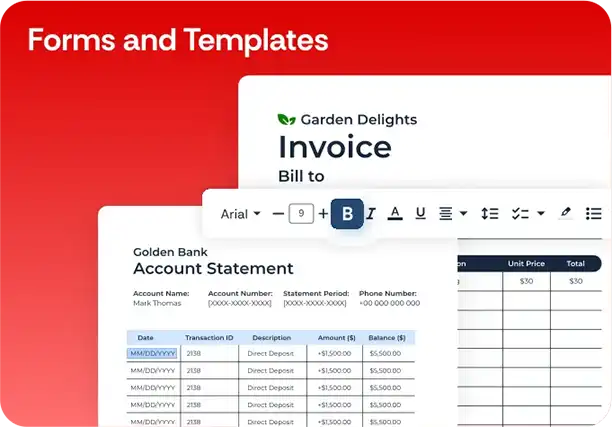Mechanics Lien California PDF Template
Stop searching and find out why people love the ease of creating beautiful and legally compliant Mechanics Lien California PDF with PDFSimpli.

Stop searching and find out why people love the ease of creating beautiful and legally compliant Mechanics Lien California PDF with PDFSimpli.





[toc] In California, there are special procedures for people to file their lien claims with regards to private construction jobs. If a person performs labor or provides materials to a particular jobsite, and they have not yet received their payment, they can file a Claim of Lien form. This form is also known as a construction or mechanics lien.
This form is used for people who need to receive compensation for their work at a private construction jobsite. There are a number of regulations regarding the form. In 2012, the mechanics lien laws in the state were revised slightly. The revisions are mainly changes made to the formatting and wording of the lien notice. After the changes were made, updated versions of the lien form were released.
Instead of being called a 20-Day Preliminary Notice, the same principle is now just referred to as the Preliminary Notice. Additionally, the wording of the statement providing notification to the property owner has changed. If a supplier or subcontractor works on a private home improvement project or renovation, they should use this newly worded notice to collect payment.
There’s also a Notice of Mechanics Lien form. When a lien claim is made, this notice must also accompany it. The form must be sent through first class, registered, or certified mail. It must also contain a certificate of mailing to prove this. If the notice isn’t sent along with the lien claim form, it might not be possible to enforce the lien.
The form can be used by a variety of individuals. It’s optimized for any contractor or supplier who works on a private construction project. This might include home renovations or any other project requiring a contractor. Most commonly, the types of individuals who use this form are:
Subcontractors
General contractors
Suppliers
Equipment renters
The form should be used by any person involved in a private construction project who needs to send a bill for their services. If they have already been paid for their services, there’s no need to send this form.
This form should be used whenever a person has given a jobsite materials or provided construction services to that site, and they have not yet received payment. There are some regulations regarding when the form should be filled.
Property owners will often file a Notice of Completion or a Notice of Cessation. This notice informs the local government that work on the project has ceased. After this notice is formed, any prime contractors have 60 days to file their lien form. Any non-prime contractors have 30 days to submit the same form.
If a property owner doesn’t file a Notice of Completion or a Notice of Cessation, then all of the involved parties have a 90 day time period in which they can file the lien. This period begins on the day the construction improvement is completed.
If a contractor needs to take action to have their lien enforced, they need to file it within the 90 days after filing their original lien.
This lien is the main legal form that ensures a contractor will be paid. If a contractor fails to use this form, there’s no way for the payment to be enforced. The contractor might not be paid at all, or find themselves receiving payments far past their due date.
Additionally, contractors might have their lien become unenforceable if they don’t file it within the specified appropriate time periods. [pdf-embedder url=”https://cdn-prod-pdfsimpli-wpcontent.azureedge.net/pdfseoforms/pdf-20180219t134432z-001/pdf/mechanics-lien-form-california.pdf”]
At the beginning of the form, the claimant will need to print their full name. They must also print the county in which the work was completed, along with the full address of the property that they completed the work at.
In the second clause, the claimant must write the amount that the property owner still owes them. This should exclude any offsets and just credits. They’ll also have a blank to fill in the interest rate, along with the date that the balance was originally due. They’ll need to provide a description of the type of equipment, services, materials, or labor that they furnished for the project.
In the third part, the claimant should provide the name of the employer or entity that their equipment, services, materials, or labor was furnished to. The fourth part will capture the address and name of the property owner. Finally, the claimant should write their own address in the fifth part.
They will then need to provide the date that the form was filled out, along with their signature.
If another authorized party is completing the lien, they will need to provide their name under the “Verification” portion, as well as their relationship to the claimant. They will also need to give a date of the verification and a signature.
The lien should be filed in the county clerk’s office of whatever county the property was in. Even if the contractor is based in a different county, they must file with the property’s county rather than their own.
The filing fee varies by the county, but it should be between $20 and $50.
An unlicensed contractor does not have a legal means of being repaid. Since they are not licensed through the law, the law does not protect them and ensure their payment. If an unlicensed contractor attempts to file this form, it will be considered a false lien.